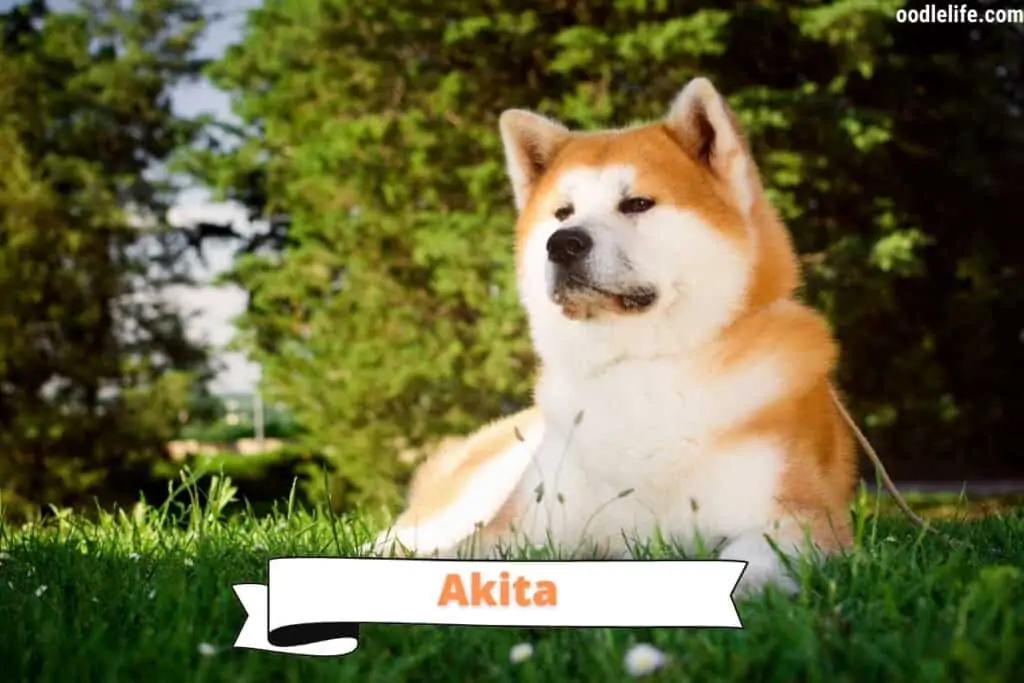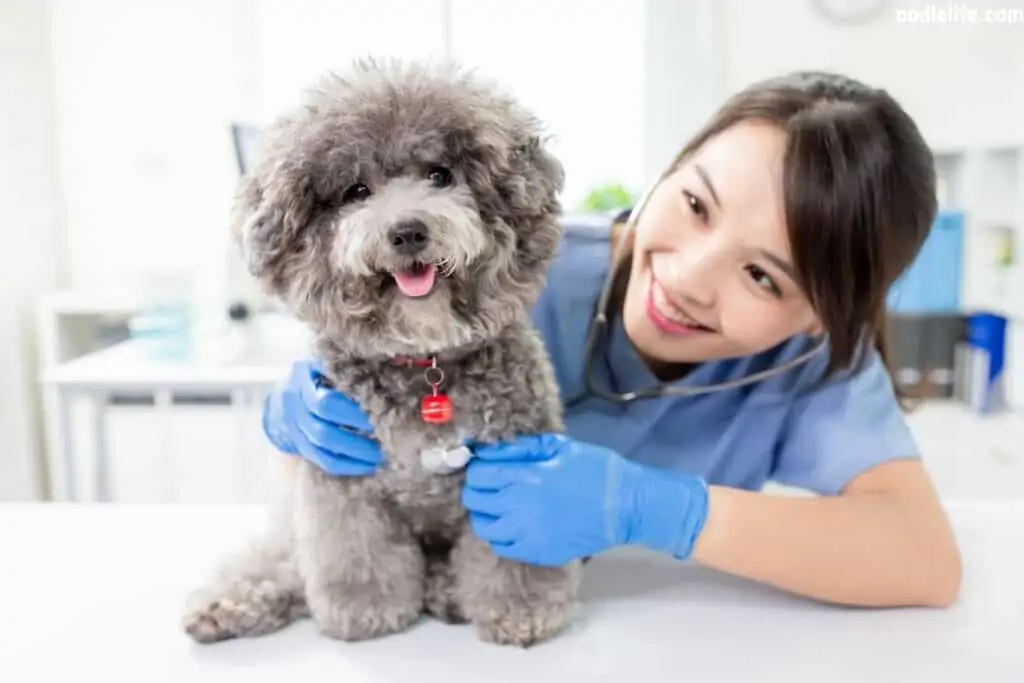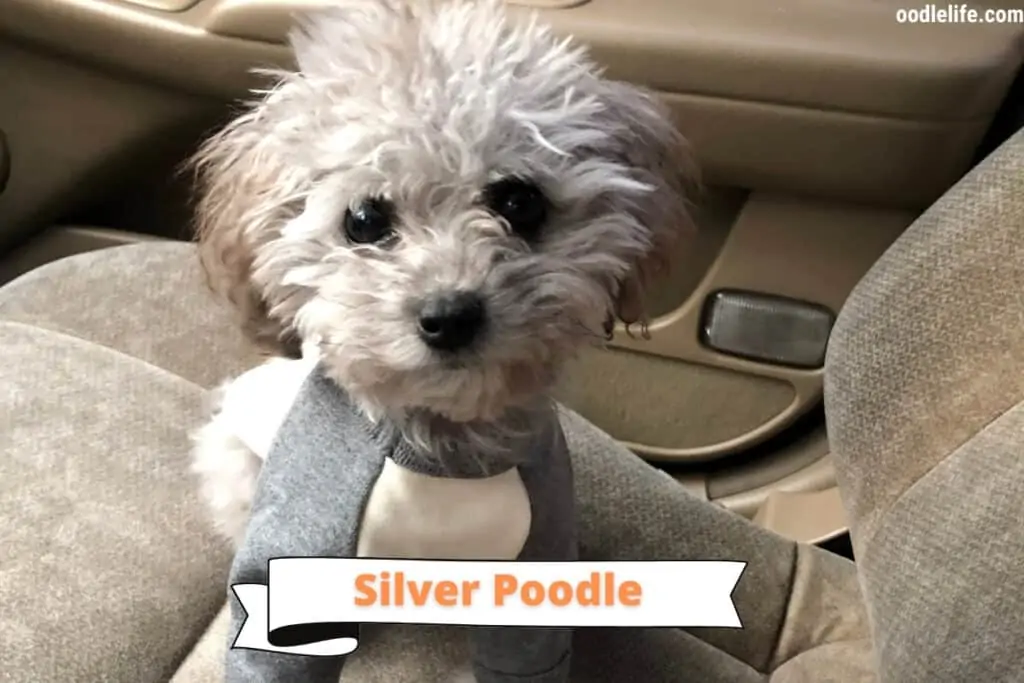My Dog Ate Tin Foil [Should I Be Worried?]
As a loving, responsible pet owner, few things can make you feel worse than when your dog eats something they shouldn’t. And when it comes to eating non-food items like tin-foil, the situation can be particularly alarming.
But fear not, this article will take a closer look at what happens when your dog eats tin or aluminum foil and when you should be concerned.
Delicious Smells Can Be Irresistible

Dogs, puppies especially, explore their world with their nose and mouth. And if what they smell with their nose seems especially tasty, they will explore using both these senses. When our furry friends get possession of a yummy-smelling food item wrapped in aluminum foil, it’s almost too much for them to resist!
But a word of caution, if your dog has eaten a piece of foil that contains chocolate, a treat containing xylitol, or macadamia nuts, these foods are all poisonous to dogs and require immediate veterinary attention if ingested.
For several reasons that will become clear throughout this article, it’s essential to know how much foil your pet has eaten. Having this information will provide a better idea of your next steps.
What Happens To Your Dog After Eating Foil?

The health consequences of our dogs eating tin or aluminum foil can vary based on a few factors, and one of those is the amount of foil the dog has eaten. When dogs chew foil, it tends to clump up and can quickly turn into a choking hazard. Again, this consequence is more likely to occur if the foil is swallowed in significant amounts.
When non-food items travel down the digestive tract, our bodies don’t process these things in the same way they process food; the same is true for dogs and other mammals. The body has no way of breaking down foil as it passes through the system.
Bits of foil can collect in the stomach and the lining of the intestines and form a blockage. If this occurs, the situation is now a veterinary emergency, and the dog will require immediate medical attention.
While digestive blockages caused by foil are a genuine concern, the sharp edges that form from balled-up aluminum foil can also create another problematic situation. These sometimes jagged edges can harm the lining of the esophagus, stomach, or intestines as they pass through on their way out of the body. There is the potential for cuts or lacerations to these delicate tissues.
Aluminum is a toxic metal, and while it is generally considered safe in small amounts, more significant amounts can lead to a condition known as aluminum toxicity. Aluminum negatively impacts the nervous system and can accumulate in mammals’ liver, lungs, and brain.
With continued exposure, body-wide demineralization of bones can occur. Luckily, it is not common for a dog to ingest these levels of foil over an extended period.
These situations discussed earlier are, thankfully, quite rare. In most instances, your doggie will pass the aluminum naturally a day or two after eating it. You can usually see the foil in their poo to confirm that it is out of their system.
Try To Remain Calm

Your reaction once noticing that your dog has eaten tin foil is key to a positive outcome for this unfortunate situation. Although it will go against every instinct felt in the moment, stay calm! Remember, your dog is likely very sensitive to your emotions and can pick up when something is wrong.
Again, determining the type and amount of foil eaten will be crucial to dictating the next steps. Keeping a close eye on your dogs’ behavior is one of the most helpful things that you can do at the moment. Look out for signs that the dog is in distress. Some common behaviors of this include:
- Refusing to eat
- Lethargy
- Bloating
- Unusual behaviors or displaying signs of pain or distress
If you notice any of these signs after your dog has ingested foil, be sure to get in touch with their veterinarian immediately.
What To Expect At The Vet’s Office

It’s good to know what to expect after arriving at the vet’s office. One of the first things the vet will probably ask is how much foil the dog has eaten and whether it contained dangerous food. The vet will want to know about the dogs’ recent behavior to note what’s happened and where things currently stand. The answers to these questions will determine what the vet will do next.
If the doggie ate the foil within the past hour or two, the veterinarian might induce vomiting in hopes of getting the dog to spit it up. But remember, they know the proper way to induce vomiting under these circumstances not to cause further damage. Inducing vomiting after your dog has eaten aluminum foil is something that you should never attempt at home.
The vet will probably order x-rays to see the exact location of the foil and whether or not any further complications are likely. Depending on the amount of foil found and the area where it’s located, the vet may want to perform surgery to avoid more severe issues.
Hearing news like this can be very distressing, but trusting the vet’s judgment will provide you with a level of comfort. The veterinarian is a trained professional who has probably seen this before and knows the best course of action.
Surgery May Be Unavoidable
Should surgery be necessary for your furry friend, their aftercare will require adjustments to the daily routine. Checking for signs of infection will be one of your most essential duties once your doggie begins convalescing at home. The vet’s office will provide all the instructions needed to help them recover as soon as possible.
If any questions or issues happen to pop up during the post-op period, the staff at the office should be the first point of contact.
An ounce of prevention is always worth a pound of the cure, so prevention is the best course of action when it comes to your dog eating tin foil. Keeping delicious-smelling items wrapped in foil out of their reach will go a long way toward keeping your pet safe.